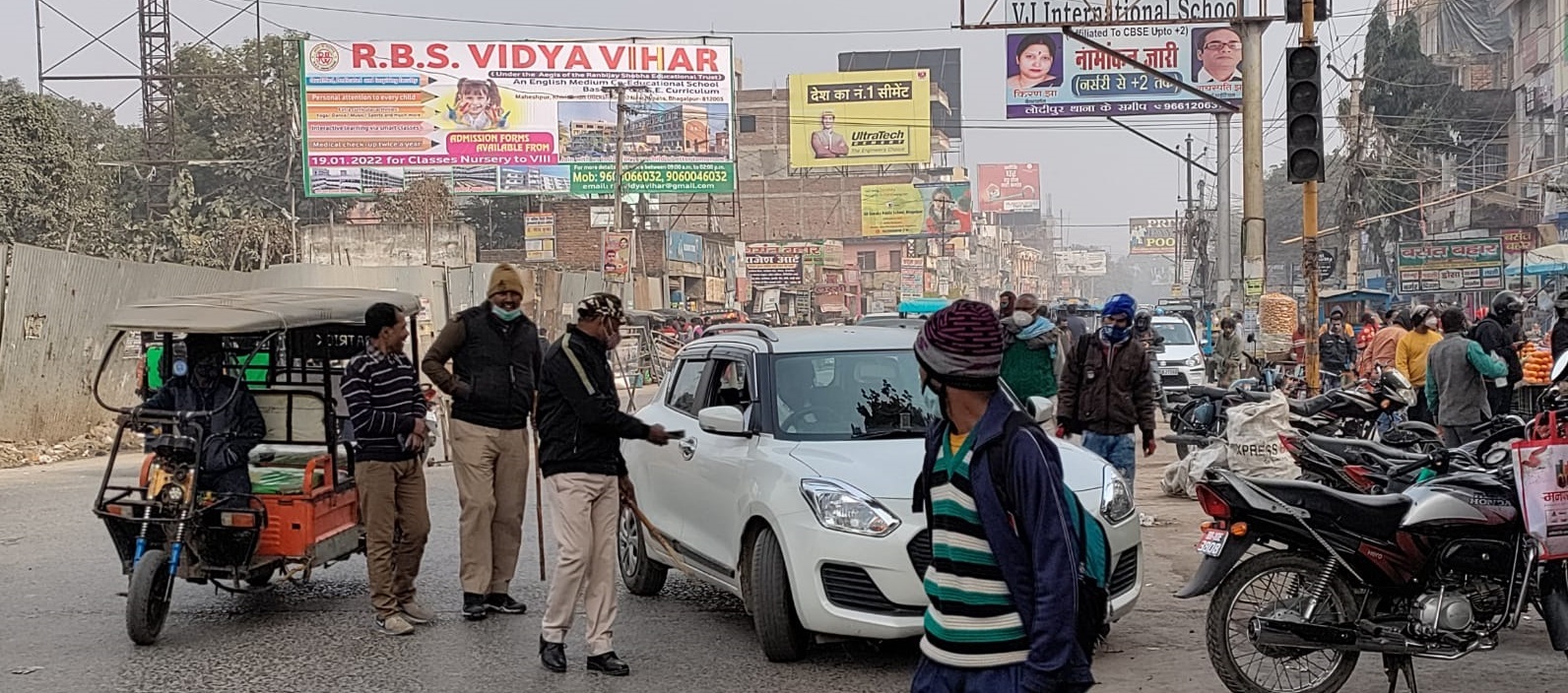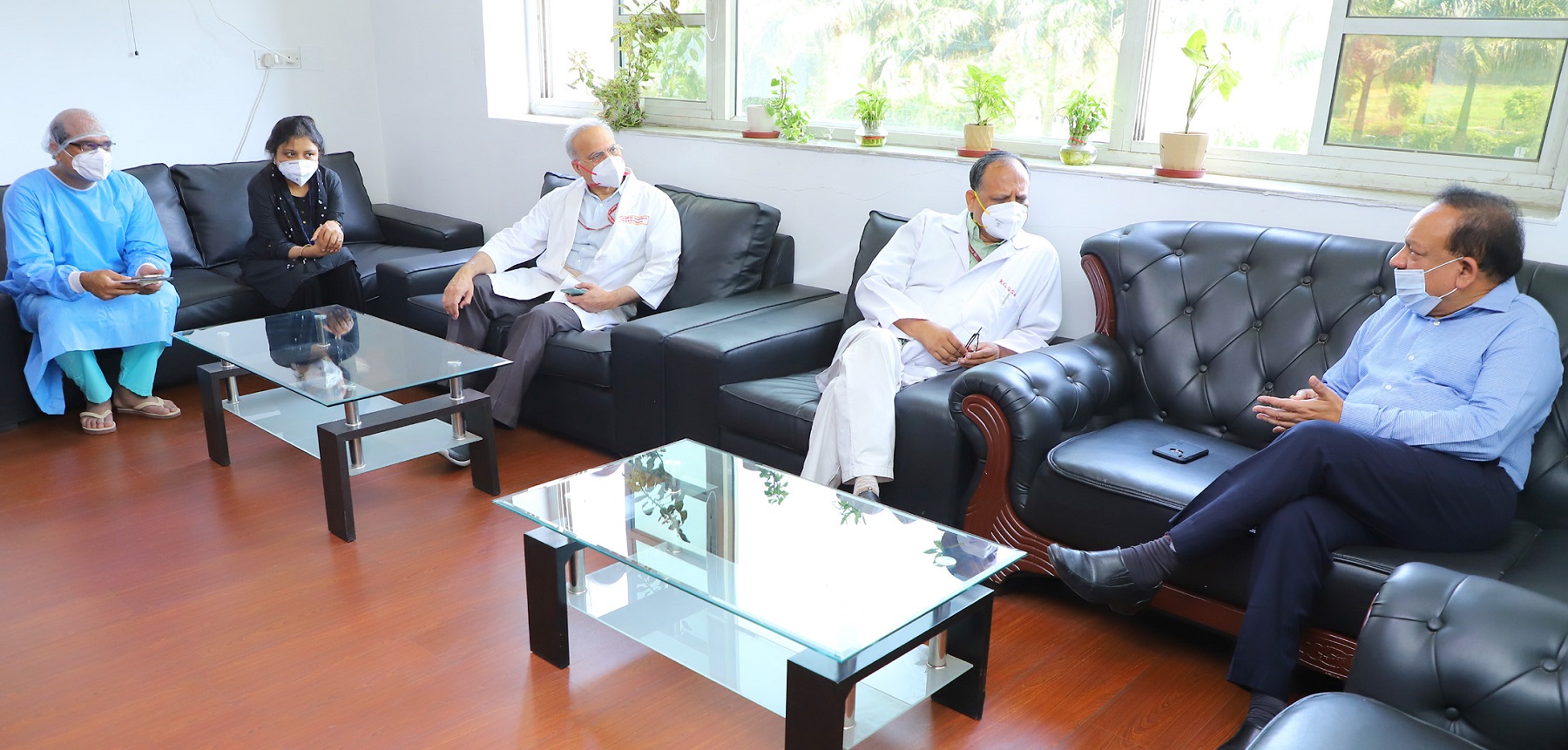Socio-Economic Challenges & Opportunities for Bihar Post Lockdown

Economic growth of Bihar has been consistently higher than the national average in the recent years. Bihar posted double-digit growth in 2017-18 and 2018-19. GSDP growth of Bihar stood at 11.3 per cent in 2017-18, the fastest among all Indian states. India’s GDP growth during the year was 7.2 per cent. Bihar’s economic growth declined marginally but remained in double-digit at 10.53 per cent during 2018-19 against the national growth of 6.8 per cent. But the things have changed dramatically in the last couple of months due to Coronavirus pandemic.
The entire country is under lockdown. This is a crisis like no other. It has resulted in multiple crises. On the economic front there is disruptions in demands, supplies as well as the financial markets. There is health crisis. Health infrastructure of Bihar was in a very bad shape even before the Covid-19 outbreak. This has put further pressure and made the system more vulnerable. Almost all sector of the economy have suffered due to this crisis. Each individual be it rich or poor; powerful or vulnerable has been impacted. Poor labourers from Bihar, who used to work in different parts of the country or even overseas, are among the worst hit. Majority of them have lost their jobs. They have either already returned home or will come back once the transport restrictions are eased.
Reverse migration of labourers would have huge socio-economic impact. How deep will be the impact of this crisis on different socio-economic segments of Bihar? Bihar has been leading the economic growth chart for India for the past several years. Can the state continue to lead the growth chart? What are the opportunities this crisis offers for Bihar? How should the state prepare itself to reap benefits from the possible opportunities? Broad issues of discussion:
- How can Bihar maintain its position as a fastest growing states in the country?
- What are the policy action needed to revive the growth of secondary and tertiary sectors, which are the worst hit from this crisis?
- What should be the focus of relief package?
- What are the possible opportunities for Bihar from this crisis?
- Managing the reverse migration and job loss




